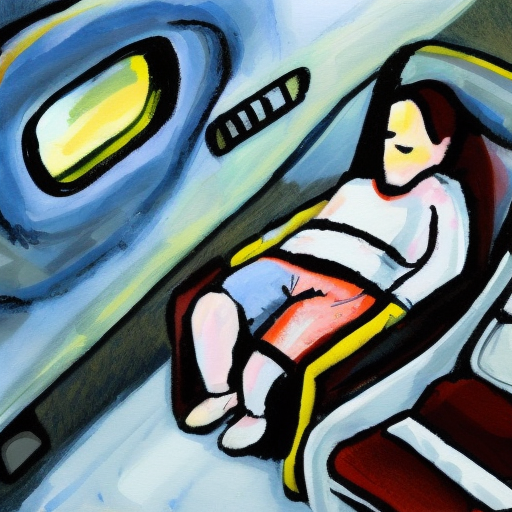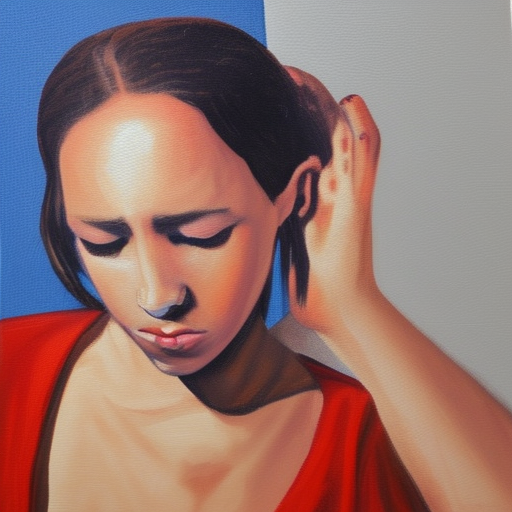Traveling by plane is often an exciting and adventurous experience, but it can also be tiring and uncomfortable, especially when it comes to sleeping on an airplane. Whether you're a seasoned traveler or a beginner, you'll agree that sleeping on a plane is challenging due to the cramped seating, noisy environment, and constant interruptions. Nevertheless, getting some rest while flying can make a huge difference in your energy and mood upon arrival. In this blog post, we'll share some tried-and-tested tips and tricks that will help you sleep on an airplane and wake up feeling refreshed, rejuvenated, and ready to explore your destination.
Choose the right seat
Choosing the right seat can make all the difference when it comes to getting a good night's sleep on an airplane. While aisle seats may seem more comfortable, they're often the most interrupted by people walking back and forth, trolleys, and other distractions. On the other hand, window seats provide a better view, more privacy, and a wall to rest your head against. If you're tall or need more legroom, consider an exit row or bulkhead seat. Additionally, avoid seats near the lavatories, as they tend to be noisy and odorous.
Dress comfortably
Comfortable clothing is crucial when it comes to sleeping on an airplane. Wear loose, breathable layers that you can adjust according to the temperature. Avoid tight-fitting clothes, denim, and shoes that are difficult to take off and put on. Bring a pair of socks or slippers to keep your feet warm and cozy, and a travel pillow and eye mask to help you find a comfortable sleeping position and block out distractions.
Prepare for sleep
Prepare your body and mind for sleep by following a pre-sleep routine, such as listening to calming music, reading a book, or meditating. Avoid eating heavy meals, drinking alcohol or caffeine, or watching stimulating movies before sleeping, as they can interfere with your sleep quality. Also, minimize screen time, as the blue light emitted by electronic devices can disrupt your circadian rhythm and make it harder to fall asleep.
Use sleep aids and earplugs
If natural sleep aids don't work for you, consider using sleep aids such as earplugs, noise-canceling headphones, or melatonin pills. Earplugs and noise-canceling headphones can muffle loud and distracting noises, such as babies crying, snoring, or engine sounds. Melatonin is a natural hormone that regulates sleep, and taking a small dose can help you fall asleep faster and stay asleep longer. Consult with your doctor before taking any sleep aid, especially if you're taking other medications.
Practice good sleep hygiene
Finally, practice good sleep hygiene by creating a cozy and dark environment, adjusting the temperature, and keeping yourself hydrated. Use a blanket or scarf to create a cocoon around you, and ask for additional blankets if needed. Adjust the air vent to your liking, and drink plenty of water to avoid dehydration, which can make you feel drowsy and fatigued. Also, remind yourself that sleeping on an airplane is not supposed to be perfect and that you might experience some discomfort and interruptions.
Conclusion
In conclusion, sleeping on an airplane is not impossible, but it requires some strategy, preparation, and patience. By choosing the right seat, dressing comfortably, preparing for sleep, using sleep aids, and practicing good sleep hygiene, you can increase your chances of getting a restful flight and start your trip on a positive note. Remember to be kind to yourself and don't expect a perfect sleep experience, as airplanes are not designed for sleeping. Bon voyage!




